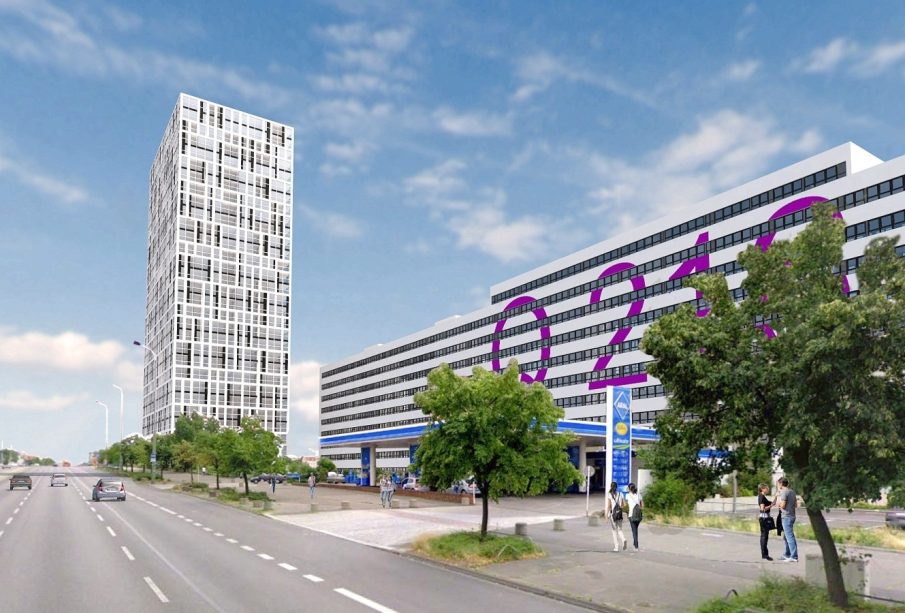Understanding Boomtowns and Their Economic Significance

Introduction: The Phenomenon of Boomtowns
Boomtowns are communities that experience a sudden and significant increase in population and economic activity, usually due to the discovery of natural resources or the arrival of new industries. These rapid developments can reshape social, economic, and environmental landscapes, making the concept of boomtowns an essential topic in discussions about urban growth and sustainability.
The Dynamics of Boomtown Growth
Recent events have highlighted the resurgence of boomtowns across various regions. For instance, areas in the United States, particularly in the oil-rich regions of Texas and North Dakota, have seen a significant influx of workers and businesses due to the shale oil boom. According to the U.S. Census Bureau, cities like Williston in North Dakota have experienced population growth rates of over 100%, creating a bustling environment filled with economic opportunities.
Additionally, the technology sector continues to drive boomtown characteristics in cities such as Silicon Valley and Austin, Texas. The emergence of tech startups and innovation hubs attracts talent from all over the globe, leading to increased housing demands, job creation, and infrastructure strain.
The Challenges Faced by Boomtowns
While the economic benefits of boomtowns are significant, they also come with challenges. Rapid population growth often leads to a lack of affordable housing, increased cost of living, and strain on local services and infrastructure. A report from the National Economic Council highlights that many boomtowns face issues such as traffic congestion and inadequate public services such as schools and healthcare.
Moreover, environmental concerns cannot be overlooked. The construction boom and resource extraction can lead to significant ecological impacts, including habitat destruction and pollution. Local governments must navigate these challenges to ensure sustainable growth that benefices the community over the long term.
Conclusion: The Future of Boomtowns
As economies continue to evolve, the phenomenon of boomtowns will remain relevant. With advancements in technology, alternative resource discoveries, and shifts in workforce dynamics, communities must adapt to harness the opportunities presented by boomtown-like growth. Stakeholders, including local governments, businesses, and residents, will need to work collaboratively to address the challenges and sustainability concerns that accompany such rapid expansion. The future of boomtowns depends not only on managing economic growth but also on creating a balanced environment that supports all members of the community.








